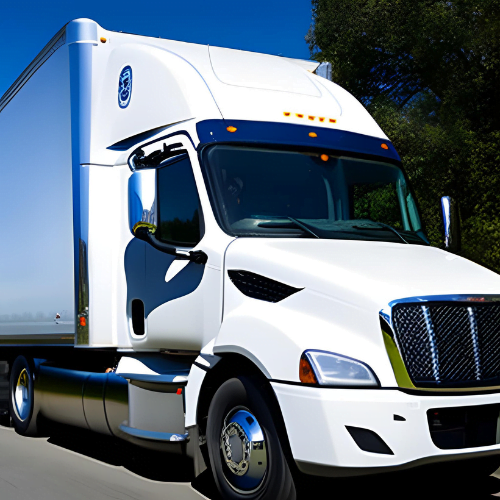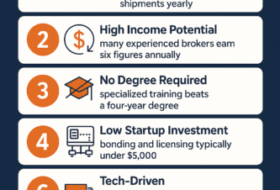Fuel efficiency is a critical factor in the success of any transportation business. For box truck operators, reducing fuel consumption not only lowers operational costs but also contributes to environmental sustainability. In this article, we will explore various tips and strategies to optimize fuel efficiency on box trucks, helping businesses achieve cost savings and reduce their carbon footprint.
- Vehicle Selection
When adding new box trucks to your fleet, consider models known for their fuel efficiency. Modern box trucks often come equipped with advanced technologies designed to improve mileage. Look for trucks with aerodynamic designs, lightweight materials, and fuel-efficient engines. - Regular Maintenance
Routine maintenance is crucial for keeping box trucks running at their best. Ensure that your fleet undergoes regular tune-ups, oil changes, and filter replacements. Well-maintained engines and components operate more efficiently, reducing fuel consumption. - Tire Care
Proper tire maintenance plays a significant role in fuel efficiency. Check tire pressure regularly, as under-inflated tires increase rolling resistance and fuel consumption. Also, ensure proper wheel alignment to avoid unnecessary tire wear and improve fuel economy. - Reduce Idle Time
Minimize idle time whenever possible. Excessive idling wastes fuel and emits unnecessary emissions. Encourage drivers to turn off the engine when waiting for extended periods or during rest breaks. - Efficient Route Planning
Effective route planning is essential for optimizing fuel efficiency. Utilize route optimization software to plan the most efficient and shortest routes for deliveries. This helps reduce mileage and saves fuel. - Avoid Excessive Speed
Speeding not only poses safety risks but also significantly decreases fuel efficiency. Encourage drivers to adhere to speed limits and adopt fuel-efficient driving habits, such as gradual acceleration and deceleration. - Monitor Driving Behavior
Use telematics and GPS tracking systems to monitor driver behavior. This data can help identify aggressive driving patterns, excessive braking, and speeding, enabling you to provide feedback and training to improve fuel-efficient driving. - Utilize Cruise Control
Cruise control helps maintain a consistent speed on highways, leading to better fuel efficiency. Encourage drivers to use cruise control whenever appropriate, especially during long-distance deliveries. - Reduce Wind Resistance
Aerodynamic drag can significantly impact fuel efficiency, especially at higher speeds. Consider installing aerodynamic add-ons, such as side skirts and roof fairings, to reduce wind resistance and improve mileage. - Reduce Unnecessary Weight
Extra weight increases fuel consumption, so avoid carrying unnecessary cargo or equipment. Regularly review and optimize the items carried in your box trucks to minimize weight without compromising service quality. - Combine Deliveries
Where possible, combine multiple deliveries into a single trip to reduce mileage and fuel usage. This strategy, known as route consolidation, not only saves fuel but also improves overall operational efficiency. - Driver Training
Invest in driver training programs that focus on fuel-efficient driving techniques. Educate drivers on best practices, such as avoiding sudden accelerations, maintaining steady speeds, and coasting when possible. - Monitor Fuel Consumption
Regularly track fuel consumption for each box truck in your fleet. Identifying outliers can help pinpoint potential issues, allowing for timely maintenance or adjustments to improve efficiency. - Reward Fuel Efficiency
Implement a rewards program to incentivize and recognize drivers who consistently achieve high fuel efficiency. Positive reinforcement can motivate drivers to adopt fuel-saving practices.
In conclusion, optimizing fuel efficiency on box trucks is a multifaceted endeavor that requires a combination of vehicle selection, maintenance, route planning, and driver training. By implementing these tips and strategies, transportation businesses can achieve significant cost savings, reduce their environmental impact, and operate more sustainably in the long run.








